One of the greatest bass players of all time was also in one of the greatest bands of all time: The Beatles. Yes, Paul McCartney IS one of the best bass players, something we didn’t realize until playing the game Beatles RockBand. Choosing the bass option allows you to really concentrate on some of the killer bass lines McCartney came up with. He was really that backbone of the Beatles in that regards, and when you listen carefully, you can really feel the warmth and roundness of his amazing bass tone. So lets take a look at Paul’s bass tone and how he got it.
Paul’s Bass: an early 60s’ Hofner 500/1
This bass is the bass associated with Paul McCartney. In fact, when I look at it, I can’t think of anyone else. He used this bass throughout the Beatles famous years, from being on the Ed Sullivan Show, to their infamous rooftop concert on the Apple Building. The Hofner is the biggest piece of the puzzle in Paul’s tone, and really fills that low end. A cool thing about the Hofner is that it is a rather light bass, and pretty compact as well making it a dream to gig with.
Paul’s Amp: Vox Amplifiers
 In the early days, he would plug into a Vox AC30, though in late 1962, he switched over to a Vox T-60. Although the T-60 was just not powerful enough to overcome the screams from the growing audiences. So at that point, Paul switched to an AC30 Head with a big bass cabinet sporting Celestion speakers. Soon Paul adopted the AC100 Head to really fill the stage with his bass tone.
In the early days, he would plug into a Vox AC30, though in late 1962, he switched over to a Vox T-60. Although the T-60 was just not powerful enough to overcome the screams from the growing audiences. So at that point, Paul switched to an AC30 Head with a big bass cabinet sporting Celestion speakers. Soon Paul adopted the AC100 Head to really fill the stage with his bass tone.
So in the end, if you want his bass tone, using a Hofner 500/1, coupled with Vox amplifiers and Celestion speakers will definitely get you there. But it’s Paul McCartney’s bass playing that really attributed to a lot of the sound, so do learn some of his bass lines to get his playing style down, which ultimately leads to getting his sound as well.

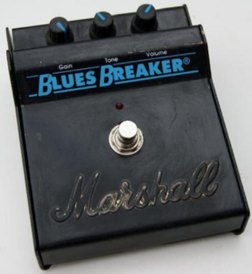
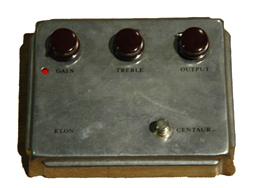 The Klon has been around since the mid-’90s and earned its reputation by being used by many famous acts including Jeff Beck, Metallica, and Pearl Jam to name a few. Many find the Klon to be one of the most transparent overdrives out there, so it tends to stack well with other pedals. Many also describe the it to be like its own little amp in a way, so it is great when faced against any amp. With the ability to get a beautiful clean boost, to a nice beefy sweet-sounding overdrive, there are many possibilities even with only its 3 controls (output, treble, drive). Some will use it as a treble booster and others to
The Klon has been around since the mid-’90s and earned its reputation by being used by many famous acts including Jeff Beck, Metallica, and Pearl Jam to name a few. Many find the Klon to be one of the most transparent overdrives out there, so it tends to stack well with other pedals. Many also describe the it to be like its own little amp in a way, so it is great when faced against any amp. With the ability to get a beautiful clean boost, to a nice beefy sweet-sounding overdrive, there are many possibilities even with only its 3 controls (output, treble, drive). Some will use it as a treble booster and others to 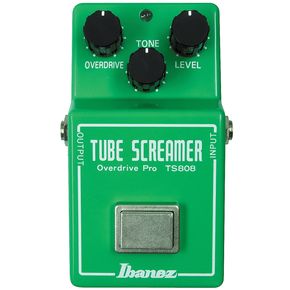 Next in line for best OD pedal is the TS-808, famously used by the late master blues guitarist,
Next in line for best OD pedal is the TS-808, famously used by the late master blues guitarist, 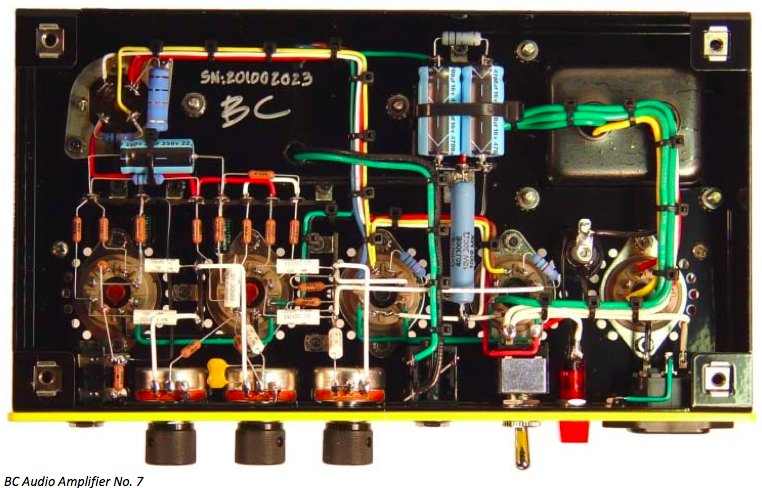
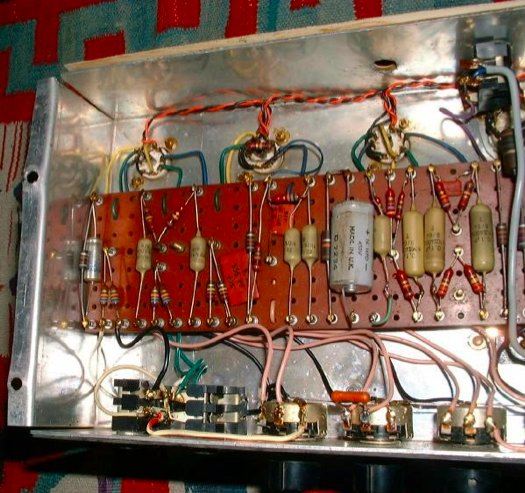

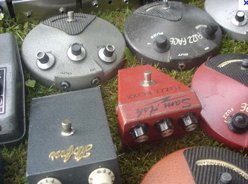
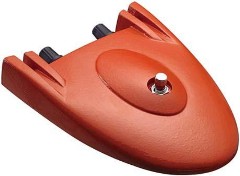 Roger Mayer Axis Fuzz
Roger Mayer Axis Fuzz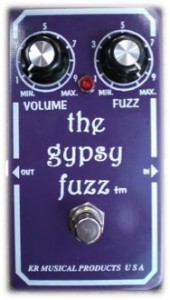 KR Gypsy Fuzz
KR Gypsy Fuzz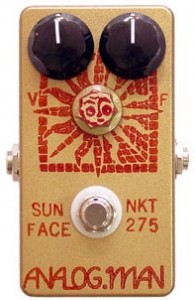 Analog Man Sun Face Fuzz
Analog Man Sun Face Fuzz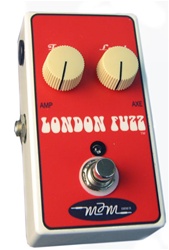 MJM London Fuzz 1
MJM London Fuzz 1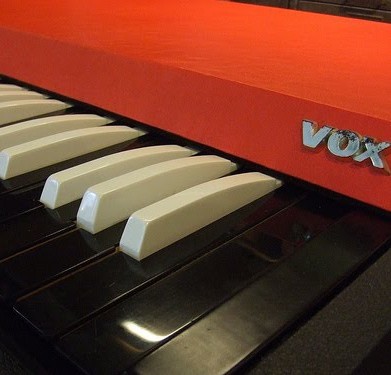
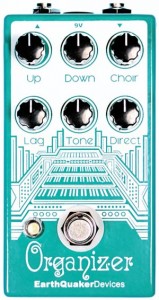 EarthQuaker Devices Organizer
EarthQuaker Devices Organizer Vox V251 Guitar Organ
Vox V251 Guitar Organ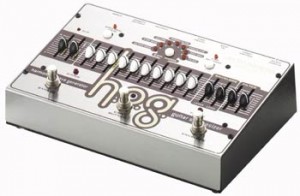 Another popular method is stacking an
Another popular method is stacking an 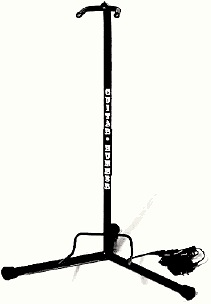
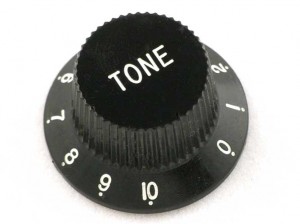
 Amps
Amps Pedals
Pedals